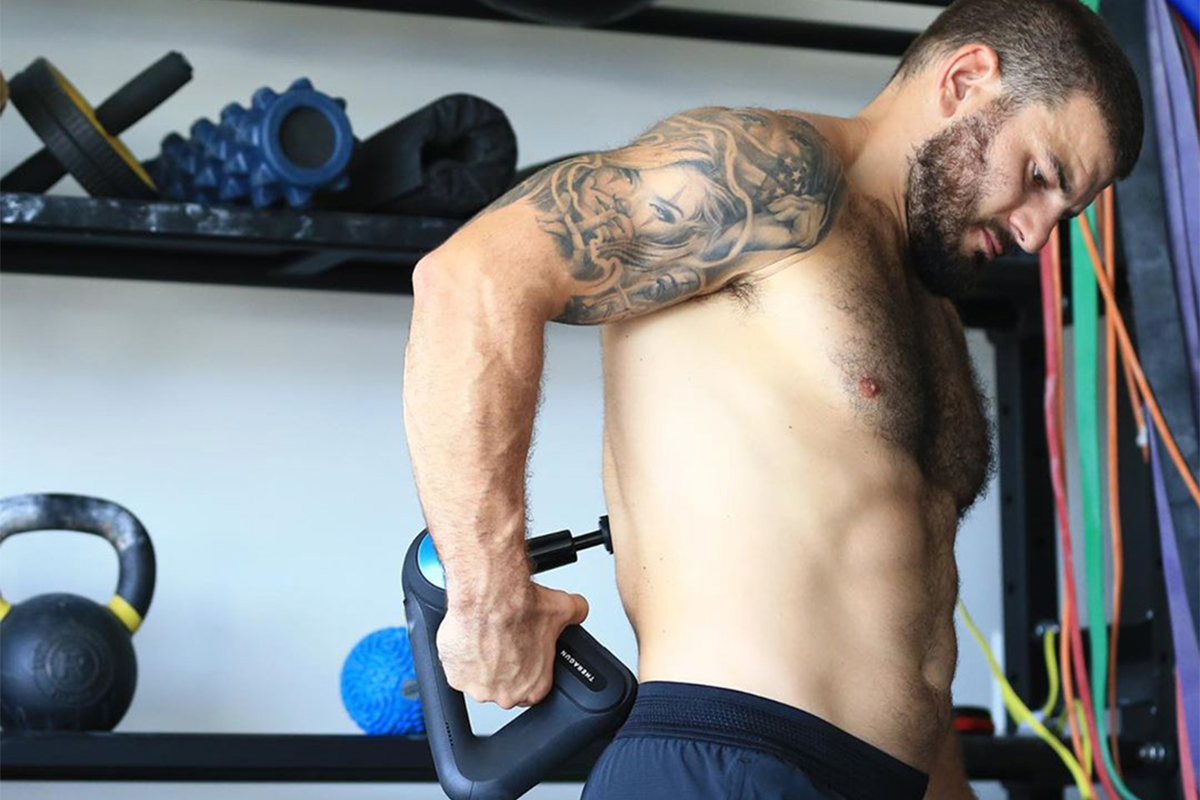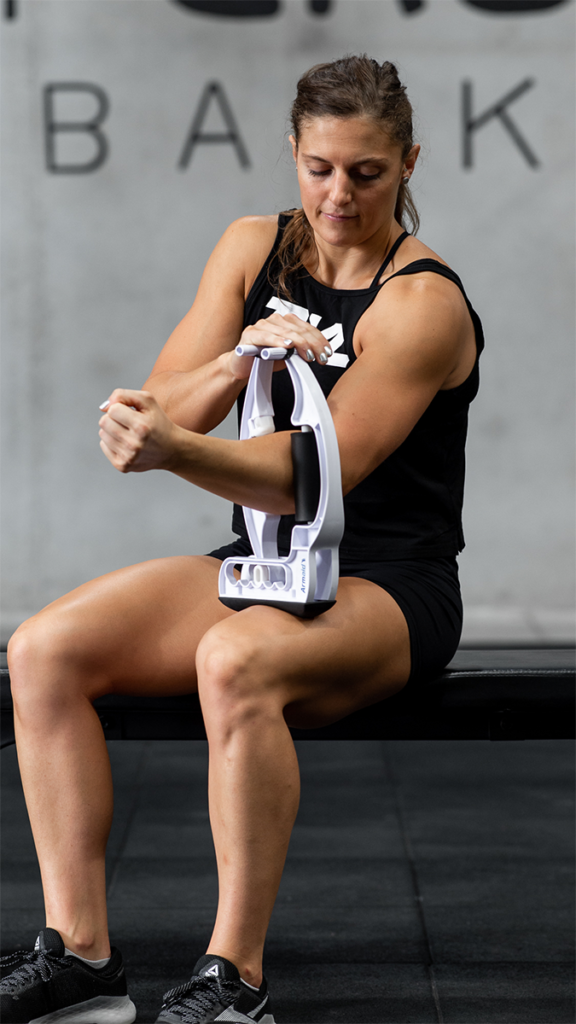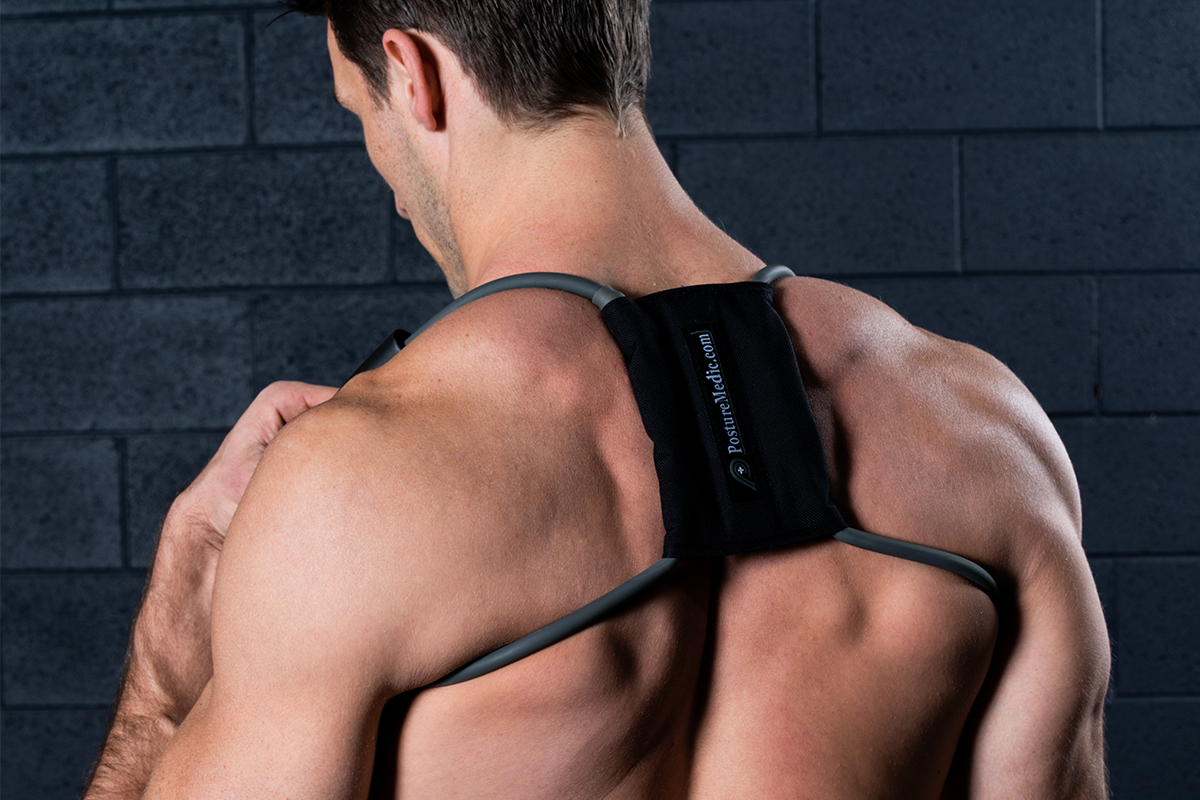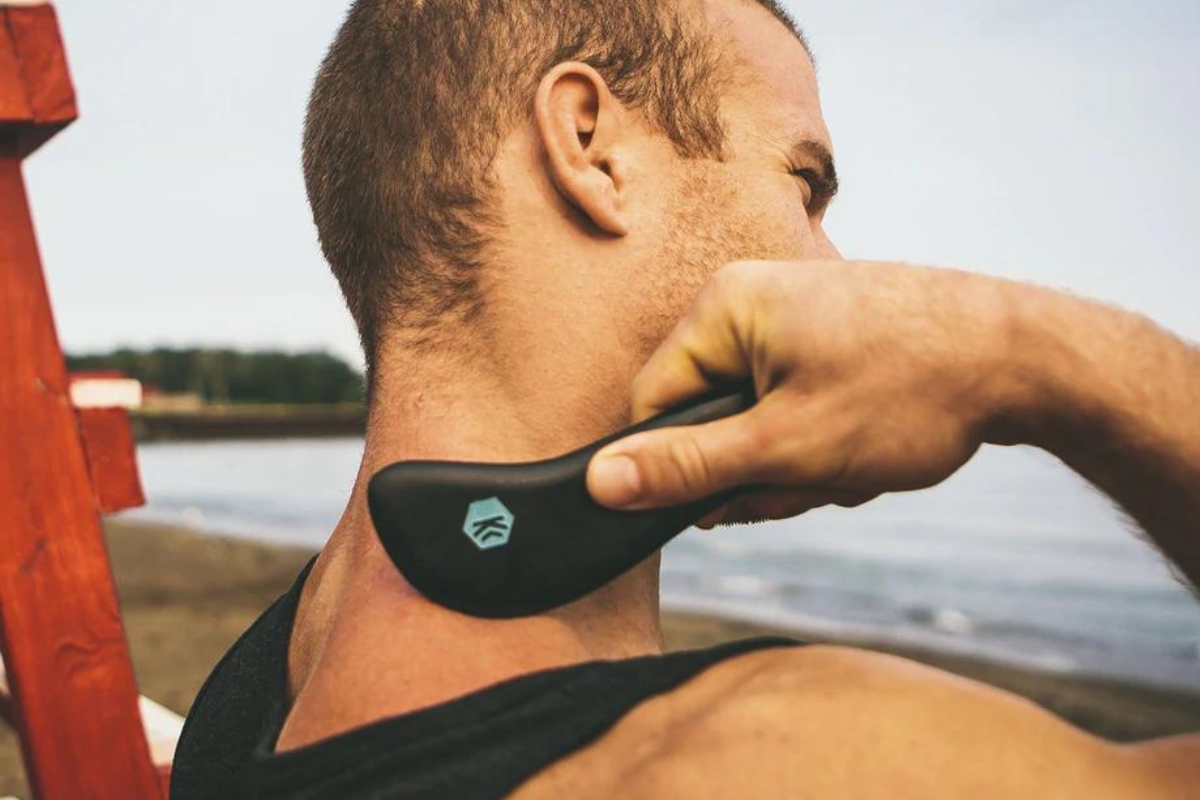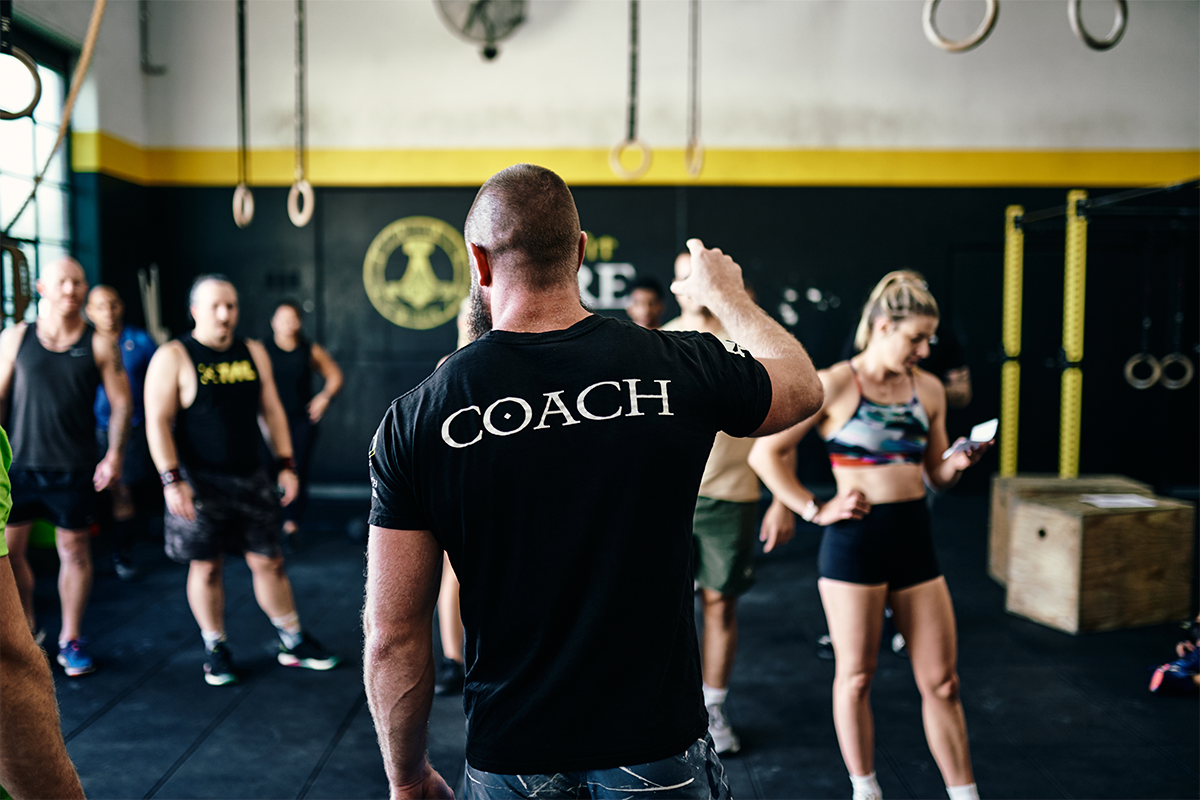If you’re reading this, then you likely already know how important rest is to making progress in the gym. But did you know that there are different kinds of rest? Athletes will sometimes debate between active recovery vs a rest day. So, let’s start here.
While these terms are often used interchangeably, they’re not the same thing! And importantly, they have their own unique impacts on your body as you move toward your fitness goals.
So, which one is right for you, and how do you go about it?
Let’s dive in!
What is Active Recovery?
An active recovery day is exactly what it sounds like — you’re taking time to recover from a vigorous workout session while remaining active. Allowing your body to heal and repair its muscle tissues from intense training is not just about physical therapy sessions, maintaining a healthy diet, or improving your sleep habits. It’s also about getting your body moving when you’re outside the gym.
When done right, active recovery offers a plethora of benefits. Besides giving your muscles time to heal, research has shown this type of recovery can help clear the body of lactic acid — reducing your chances of DOMS (delayed onset muscle soreness) while also increasing your muscles’ ability to endure intense exercise.
Additionally, active recovery offers athletes that dread extremely sedentary days another viable option. Performing low-intensity activity helps remind you that listening to your body and dialing it down sometimes isn’t simply a cop-out — it’s vital in muscle recovery and improved performance.
Examples of active rest include swimming, yoga/stretching, walking/light jogging, a leisurely row, and foam rolling. (More on this later!)
Shop Now
What is a Rest Day?
While an active recovery day requires doing low-intensity movement, taking a rest day, on the other hand — sometimes called passive recovery or total rest — means you will be taking the day entirely off from working out and not partake in any physical activity at all.
Your body has limits to how much stress it can endure before it breaks down and suffers injury. Rest days are necessary to help your mind and body recover from workouts. They also prevent you from developing a condition called overtraining syndrome — which affects at least 60% of elite athletes and 30% of non-elite endurance athletes.
Overtraining can be a tough condition to recover from and can pose many risks to your health, including increased chances of dehydration, low mood, and decreased libido levels. A rest day will give your body adequate time to grow stronger and adapt to your current workout routine, so you’ll be better prepared to make it through more challenging exercises in the future, with lower risks of injury and strain.
Again, total rest means you don’t do anything, so go ahead and binge-watch that Netflix show you’ve been eyeing.
Active Recovery vs Rest Day: Which One Should You Do?
When it comes to the type of recovery your body needs, the answer will typically differ depending on the type and intensity of your routines. Personal preference also plays somewhat of a role. Importantly, though, some research has suggested that active recovery might be more beneficial than total rest. This is because it can promote healing and recovery by improving circulation and flushing out lactic acid. Keeping your body moving, even gently, can work wonders.
Shop Now
However, you will run into rest days where you are so utterly exhausted and worn out that you simply need to lay down and do nothing — and that’s perfectly okay. Enjoy total rest. Listening to your body is key. Especially if you’re so sore that it’s difficult to walk, sit, or stand, total rest might be the key until your mobility is a little better, at which point, you can do an active recovery day.
Whether you’ll be doing an active or passive recovery day, the American Council on Exercise (ACE) recommends that, in general, you should allot an off day for resting and recovery every seven to 10 days in your schedule, especially if you frequently subject your body to high impact workout routines. Both active recovery and rest days are important for giving your body the recharge it needs.
What Exercises Can I Do on an Active Recovery Day?
If you’re planning for an active rest day, you can incorporate a wide variety of low-impact exercises into your routine. Here are some suggestions:
Myofascial Release
This is performed using a foam roller or a lacrosse ball. Studies have reported that this method of massaging the connective tissues can yield numerous recovery benefits, including improved range of motion, reduced muscle tension, and decreased chances of DOMS after an intense workout.
Hiking
Spending time in nature has been linked to lower levels of rumination (thinking negatively about oneself) and improved mental health. Furthermore, unlike walking on a flat surface such as a sidewalk or road, hiking on an uneven landscape will require the use of multiple muscle groups in your body, including your back, core, glutes, and more.
Yoga
A tried-and-tested recovery activity, the stretching that yoga invokes will continue to challenge your muscles and body gently, increasing blood circulation, improving posture, and reducing overall muscle pain
You can’t and won’t hit your fitness goals if you don’t recover as hard as you train. Don’t look at it as a wasted opportunity — like you could have been working out, so you should’ve. Rather, keep in mind that recovery is when your muscles heal and get bigger!
While you can do recovery all on your own, additional tools like foam rollers, lacrosse balls, and resistance bands certainly help. For all of your recovery needs, shop with The WOD Life today.

